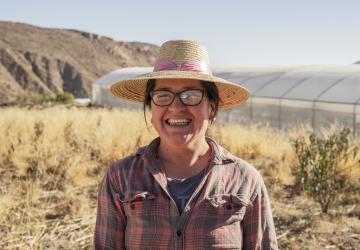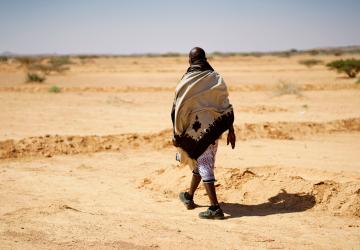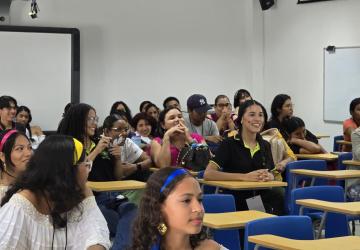Landlocked but Not Left Behind: How the UN is Supporting Landlocked Developing Countries
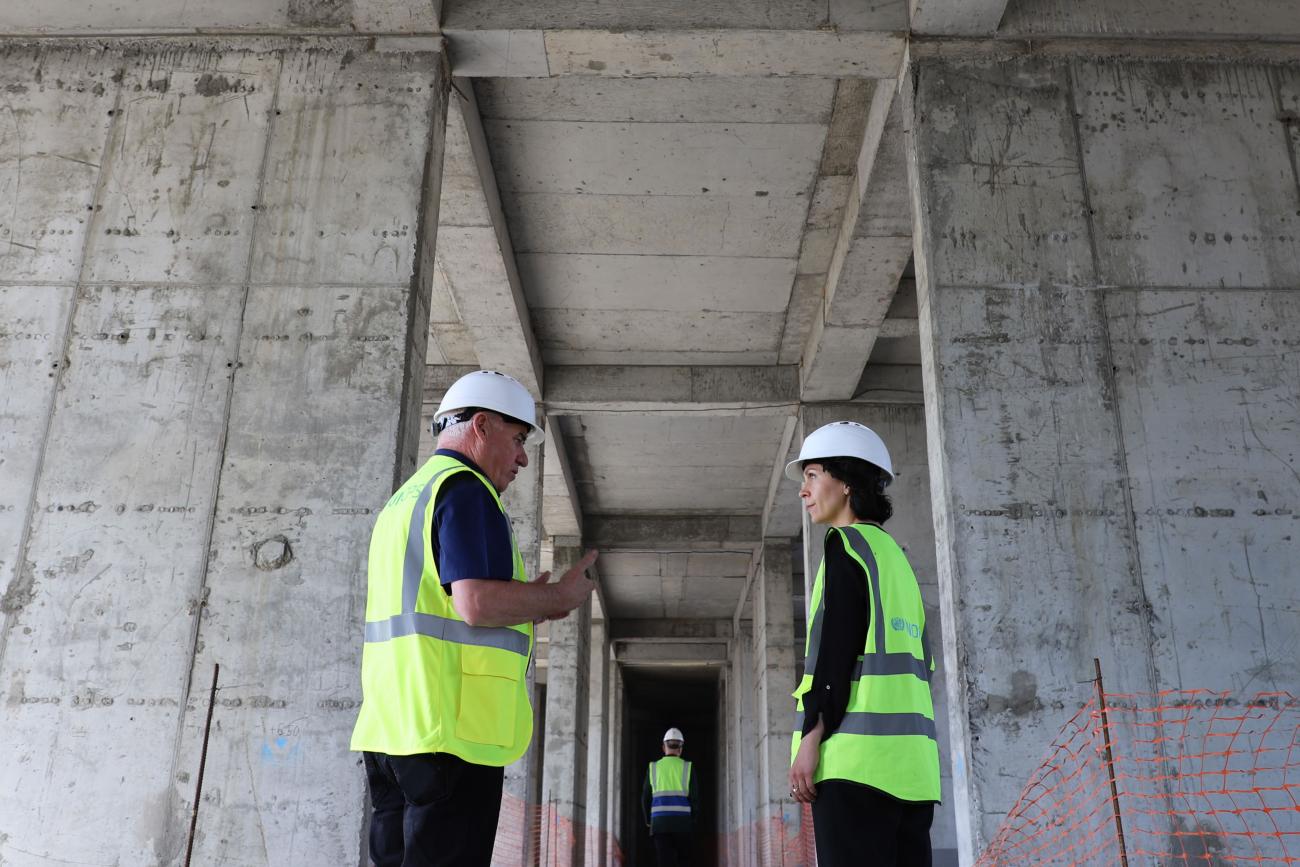
Ahead of the upcoming Third UN Conference on Landlocked Developing Countries (LLDC3), DCO Regional Director for Europe and Central Asia Gwi-Yeop Son, reflects on the region's readiness to turn isolation into opportunity and the urgency for global support to make it happen.
Across landlocked countries, communities are showing that geography does not have to dictate destiny.
In Tajikistan, 29‑year‑old Mavrigul Qosumbekova is pioneering digital solutions with support from UNICEF and the European Union. She founded the Data Entry Center and Pamir Innovation Hub, providing IT training and remote work for disadvantaged youth, especially women. Today, 45 young people have stable jobs, supporting their families and communities.
Her efforts matter because geographical isolation is one of the greatest development challenges facing many LLDCs, including Tajikistan. Limited opportunities and outward migration are common in such places.
Yet there are many similar stories across the region, from the fertile Fergana Valley spanning Uzbekistan, Kyrgyzstan, and Tajikistan, to the rugged mountainous landscapes of the Pamir in Tajikistan, and the historic trade crossroads of Central Asia’s Silk Road cities.
I have witnessed firsthand not only the depth of the challenges these landlocked countries face but also the resilience, creativity, and determination of the people who call these places home.
A global moment for landlocked countries
This week, the world’s attention will turn to one of the landlocked countries in the region - Turkmenistan - where leaders from 32 LLDCs will gather for the Third UN Conference on Landlocked Developing Countries (LLDC3). For these countries, including nine in Europe and Central Asia, this conference is more than a diplomatic gathering. It is a pivotal moment to not only confront the unique challenges that landlocked countries face, but also to highlight their resilience, and chart a course for sustainable development over the next decade.
LLDC3 marks the launch of the Awaza Programme of Action for LLDCs 2024–2034. This is a bold, forward-looking plan anchored in the Pact for the Future, which is a global commitment to inclusive, sustainable development and strengthened international cooperation, and UN Secretary-General’s vision for a reinvigorated multilateral system. The Programme aims to break down barriers that have long hindered LLDCs from fully realising their development potential and achieving the Sustainable Development Goals (SDGs).
It is also the moment to deliver on the Seville Commitment, translating the global financing pledge into tangible benefits for landlocked developing countries. Trade should be used as a true engine for sustainable development, and it should ensure that they can access the climate finance and resources required to build resilience and drive a just, green energy transition.
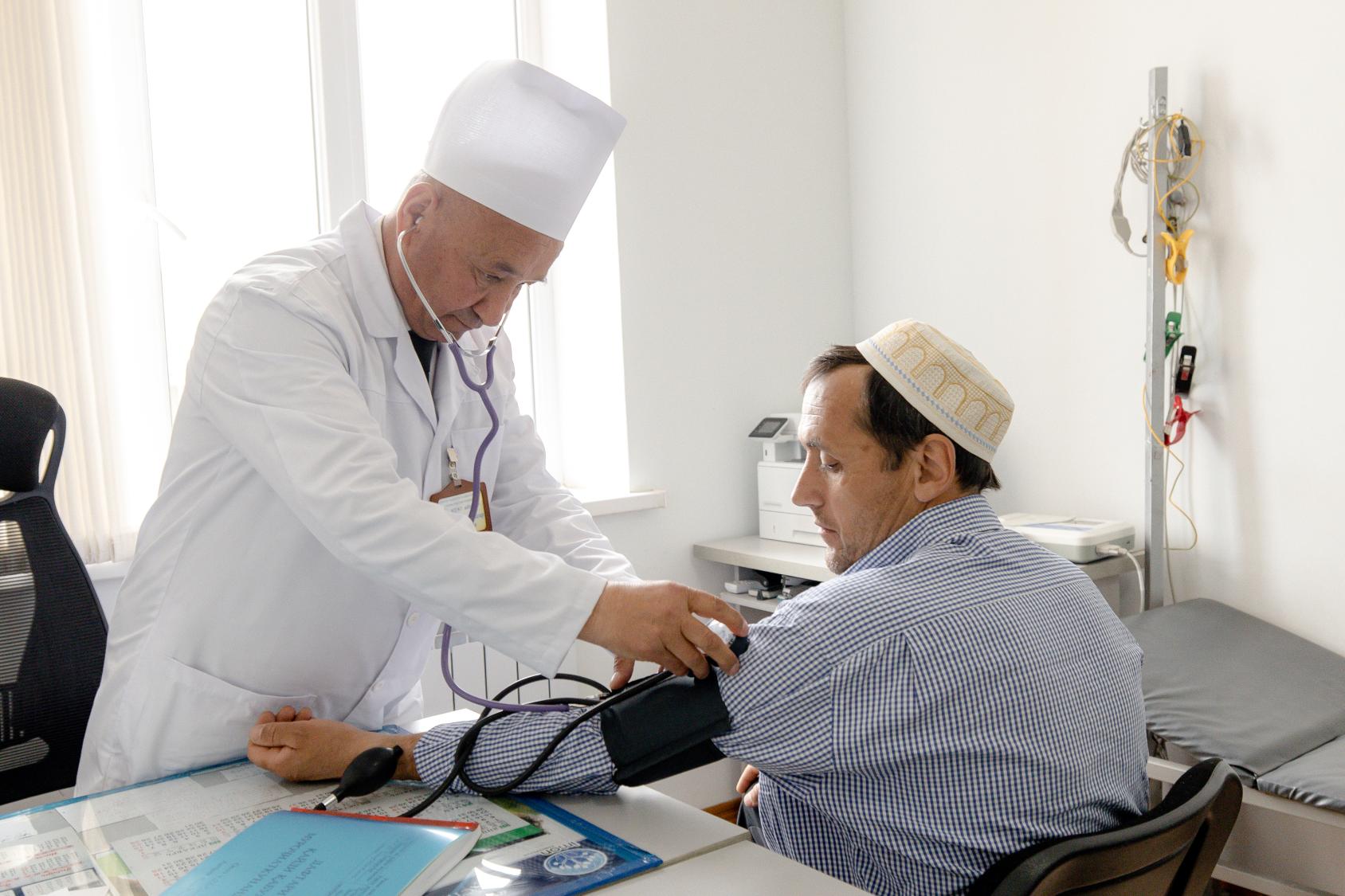
Confronting the unique barriers LLDCs face
Being landlocked comes with inherent challenges that extend beyond geography. For example, LLDCs face higher trade costs and limited access to global markets due to reliance on transit through neighbouring countries and grapple with insufficient critical infrastructure such as roads, railways and logistics hubs. These factors slow progress toward the SDGs and deepen vulnerabilities of LLDCs compared to countries with coasts and sea access.
While these issues can sometimes feel abstract, they have an everyday impact on the lives of people. Access to healthcare in landlocked developing countries is uniquely challenging due to their geographic isolation and the transport and connectivity barriers they face. Take Meryem from Turkmenistan, for example. Diagnosed with tuberculosis in a remote part of the country, her access to timely treatment was threatened by vast distances and fragile health infrastructure. Yet, thanks to the Global Fund–supported National Tuberculosis Programme, implemented by UN Development Programme (UNDP), she received the care she needed. Her story reflects how well-funded, accessible health services can overcome geographic and infrastructural barriers in LLDCs.
The Awaza Programme of Action looks to the future by emphasising the development of new trade opportunities for LLDCs, particularly through digital trade corridors that can help overcome traditional geographic barriers. In Central Asia, the International Trade Centre’s Ready4Trade initiative has helped small businesses access international markets in over 30 countries, demonstrating how digital trade corridors can bypass traditional barriers faced by landlocked countries.
These are only some examples that show how LLDCs are overcoming geographic barriers; the challenge is to scale and sustain this progress.
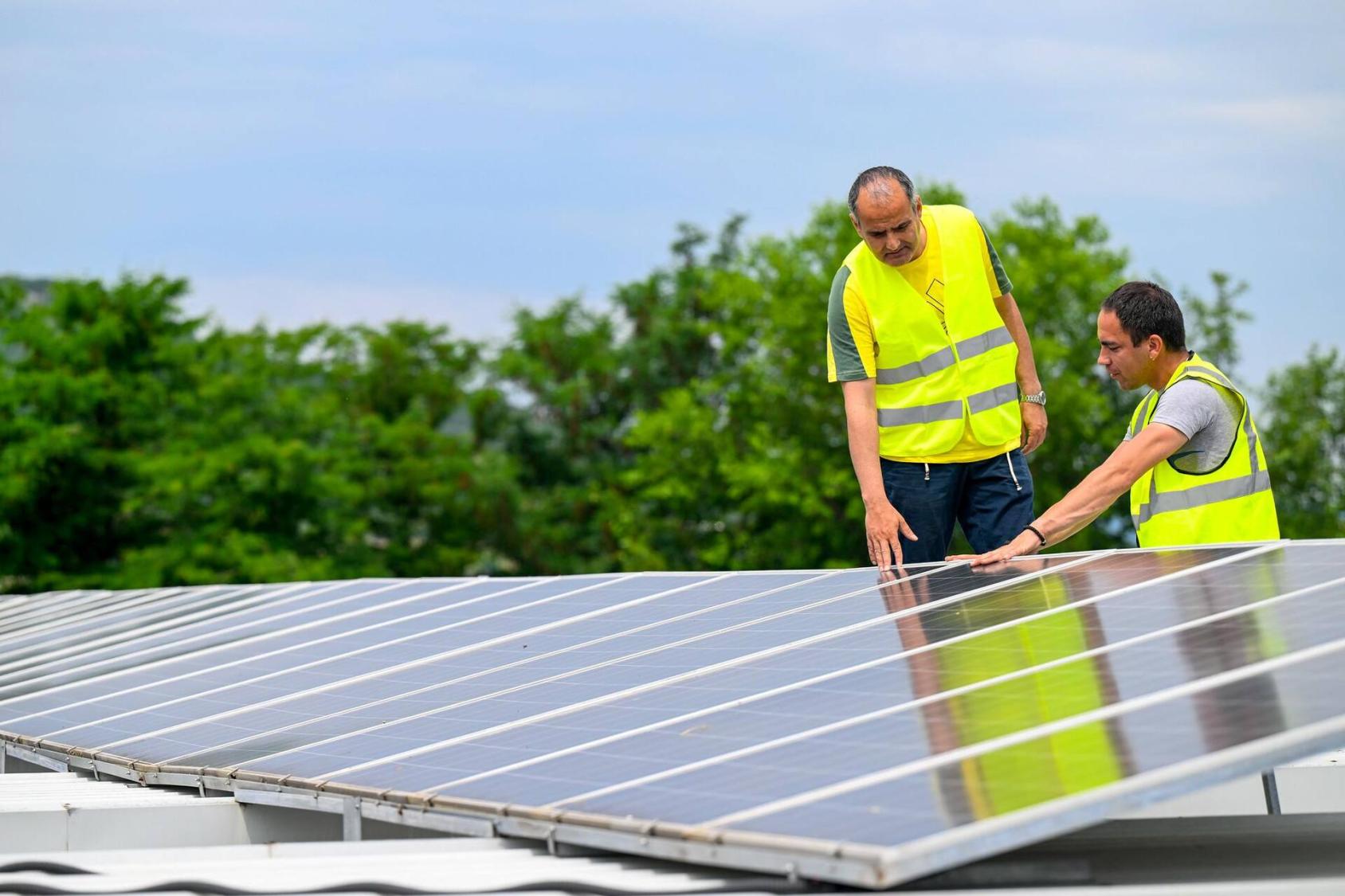
Turning the LLDC3 Plan of Action into real change on the ground
As with many global agreements, the challenge is to turn well-meaning talk, into action. In its very name, the Awaza Programme of Action, recognizes that the key is turning words and policy stances into tangible, country-level impact. This is where UN Resident Coordinators (RCs) play a critical role in supporting Governments —as connectors, convenors, and catalysts for whole of UN support to SDG acceleration.
For example, in Turkmenistan, the RC, working with the UN Country Team (UNCT) has established the UN–Private Sector Partnerships Platform, which brings together diverse actors to support private sector initiatives aimed at SDG acceleration . In North Macedonia, energy import dependency and limited access to green finance are persistent challenges. The RC is leading efforts to turn these constraints into opportunities. Through the Green Finance Facility, supported by the Joint SDG Fund, the Government, and the European Bank for Reconstruction and Development (EBRD), and implemented by UNDP, International Organization for Migration (IOM) and UN Economic Commission for Europe (UNECE), $46 million is being mobilised to promote renewable energy and energy efficiency, especially for underserved communities. By reducing reliance on external energy sources and strengthening local markets, the initiative addresses structural vulnerabilities linked to landlocked geography while driving a just, green transition.
As the global community gathers in Awaza, the call is clear: LLDC3 must be a launchpad for SDG breakthroughs in these countries. The conference offers a moment to renew political will, mobilise resources, and accelerate innovation tailored to the unique needs of LLDCs.
For people like Meryem, Mavrigul, and millions across landlocked developing countries, LLDC3 promises a future where geography is no longer a barrier but a catalyst for resilience and shared progress.
This blog was written by DCO Regional Director for Europe and Central Asia Gwi-Yeop Son.




